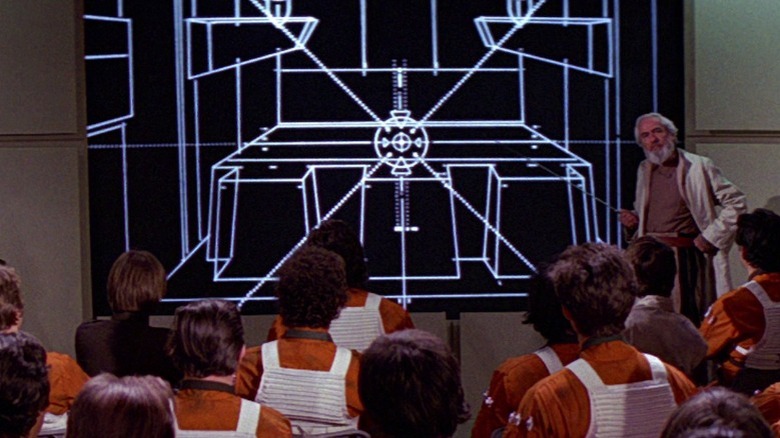Ok so according to heliocentric theory, even though our clocks operate on a full 24 hour time scale, the earth supposedly makes 1 full rotation every 23 hours and 56 minutes, not every 24 hours
Thats what a sidereal day is, a 23:56 hour full rotation instead of a 24:00 hour full rotation
So using some simple math, we can map out the sun's position in the sky at any given point in time
Example: you walk outside on december 1 to watch the sun set at 7:00 oclock on the dot.
According to the idea of a "sidereal day", the earth will make another full rotation in 23:56, not 24:00, which is what our clocks go to
So you go outside on december 2 at 7pm to see the sun set, but it should have set 4 minutes before that, at 6:56 since the earth supposedly makes 1 full rotation every 23:56
Then on december 3, the sun should be setting 4 minutes before that, at 6:52
Each day after that, the sun SHOULD be setting 4 minutes earlier than the previous day, according to heliocentric theory
Mathing that out over the course of 1 month, 30 days multiplied by 4 minutes a day is 120
There should be a 120 minute difference between the time that the sun sets on December 1 and the time that the sun sets on december 30, meaning a 7pm sunset on the 1st SHOULD become a 5pm sunset at the end of that month, then a 3pm sunset at the end of january, then a 1 pm sunset at the end of feburary, then an 11am sunset at the end of february and so on
Literally NONE OF US observe this and no human ever has. The sun sets with regularity all year, at around the same time(give or take daylight savings time)
The logical conclusion drawn from this, is that the earth is stationary and the sun circles above us in the sky with extremely accurate regularity, which completely disproves heliocentric theory
And if the sun rotates above us so perfectly, that means its aimed at us, which means something/someone aimed it at us
I hope that makes sense
This is one of the most ignorant takes I've ever seen, showing a complete lack of understanding of the difference between a solar day and a sidereal day.

-A solar day is the time we all use here on Earth; basically, it's the amount of time it takes for the sun to pass through the local meridian.
-A sidereal day is the time it takes for the meridian to pass through the vernal equinox
These are two different things, and it's clear you don't understand either, attempting to pass this off as proof of a "flat unmoving Earth", talking about lost time and a "120 minute difference". We do not use sidereal day in our day to day lives; that is a method of locating stars in the sky. We use SOLAR time, which is based on the position of the sun in the sky
You would be laughed out of a physics, math, or astronomy class with this take.


.jpg?mode=max)




